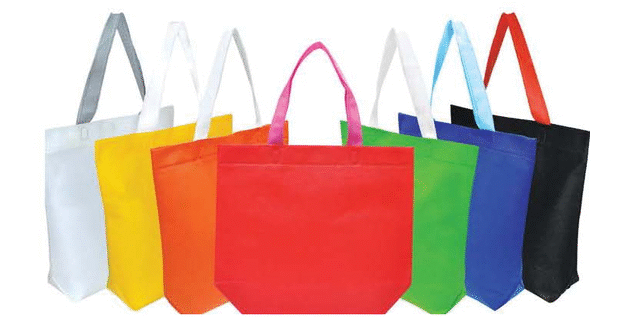
Are nonwoven bags plastic or textiles?
The nonwoven bags, produced by spunbond technology, are using polypropelene as a raw material and has characteristics very similar to plastic, says Avinash Mayekar.
The nonwoven bags, produced by spunbond technology, are using polypropelene as a raw material and has characteristics very similar to plastic, says Avinash Mayekar.
There is a lot of hue and cry over the use of plastic bags. A lot of alternatives are being suggested over the years to reduce the impact that these plastic bags are creating. Textile bags among them are the most economical and greener solutions available. In view of a more affordable option, all of us from textile industry are aware that quite recently a few years back, there were spun bond projects developed in China and many people set up these spunbond bag producing units in India.
As chemical composition, plastic is polyethylene (PE), polypropylene (PP), polystyrene (PS) and polyvinyl chloride (PVC), whereas in case of spun-bond carry bags, they are using polypropylene or polyester. There is not much of a difference as far as chemical composition of polypropylene and polyethylene is concerned.
The technology used for making these nonwoven carry bags is spunbond, i.e., melting the polypropylene granules into a molten form, which is then spread over a conveyor, and then the products are produced using the heat treatment. We get a sort of film like structured fabric. In other words, it is a continuous fabric having polypropylene as substrate and it is spread over without any perforations. And that’s why it acts as a barrier for water. When it is converted into carry bags, most of the carry bags are having much lighter weight because it has to be cost effective. The cost is directly proportional to weight of the fabric. When plastic bag was in the market, we used to get them mostly free. Whereas now the nonwoven carry bags are available in the range of Rs 1 to Rs 5 or even up to Rs 10 with various designs and patterns either printed or embossed on them.
Spunbond technology, which is used to produce carry bags, comes from China. It is a very simple and ordinary technology. There is neither air permeability nor water permeability. Hence, if such carry bags, which are very light in weight are produced, they are as good as polyethylene bags. Of course, they are stronger than polyethylene bags, which used to have thickness of certain microns.
When we dispose these carry bags, being cheap and light weight, they tend to be thrown in a gutter and if they travel with water flow, they float on the water surface because of the lighter weight and then they end up in clogging the flow. This blockage is because of the grills, which are inserted to stop entry of solid substances that will go into the main water streams or rivers, which ultimately goes to the sea. Especially in the case of cities like Mumbai, we have witnessed this scenario in case of Mithi river, which has created major problems a few years back. These carry bags are always seen floating, however, when they use various filter media or any barrier to clean water; these all carry bags will close that surface of the media and will not even allow water to flow as it acts as water barrier, a sort of thin plastic wall, that doesn’t allow water to pass through. Hence, all said and done, we need to ban these polyethylene as well as polypropylene bags, which are very detrimental. In fact, spunbond as a technology has many other applications to produce hygiene products.
It is said that we can reuse polypropylene in other formats if you recycle it. But if at all we use them as a cheap carry bag material, which is a very light weight material and available at very low cost, no individual bothers to store or keep them for reusing them. They are just thrown away after use either on the roads or gutters or at various other disposal units and that is that is a major concern for the damage that it causes. Neither it is recyclable, nor reusable, as it does not have appreciable value and that is why it needs to be banned.
Suggestions
The only solution to make these nonwoven bags environmental friendly will be:
Conclusion
The nonwoven bags, produced by spunbond technology, are using polypropelene as a raw material and has characteristics very similar to plastic. In order to save the environment, we need to avoid these carry bags and use woven carry bags made out of other materials like cotton, jute, polyester, viscose or blended fabric mainly from reused textile fabric.
The article is authored by: Avinash Mayekar, MD and CEO, Suvin Advisors Pvt Ltd



